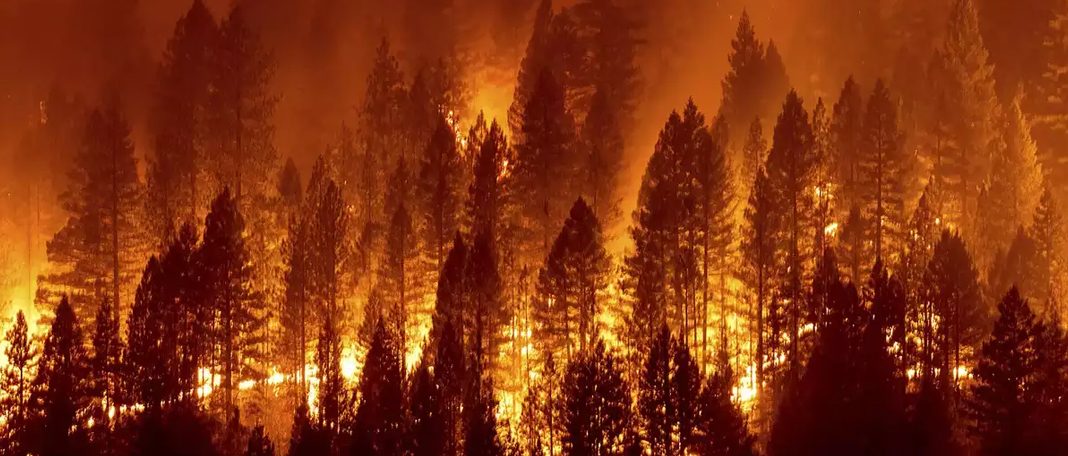A new study found that wildfires played a major role in increasing the risk of the COVID-19 pandemic last year. Reports say west coast wildfires have increased the thousands of COVID-19 cases and deaths. Majorly in California, Oregon, and Washington between March and December 2020.
The Centre for Disease Control and Prevention says Wildfires can irritate lungs, cause inflammation and affect your immune system, this leads you prone to lung diseases, including COVID-19. The research was conducted by the researchers from Harvard’s TH Chan School of Public Health. According to the study, lung damage is caused by inhaling tiny particles from the blazes. The researchers found an increase of new cases up to 12 percent and 9 percent increase in COVID-19 deaths after a month of wildfires.
The research was published in Science Advances on Friday. Researchers used data from 133 countries and experimented with it for days with high levels of PM2.5, fine particulate matter that can be inhaled deep into the lungs and is often linked to wildfires. The research showed an increase in COVID-19 cases and deaths. Whitman, Washington tops the list with the largest percentage of cases i.e 71.6 percent. Whereas San Bernardino, California suffered the largest increase in death i.e 66 percent. The researchers believe that the high levels of tiny particles are the main aspect that causes people to inhale dangerous foreign material.
Difference between Symptoms of COVID-19 and Smoke Fire
- Symptoms like dry cough, sore throat, and difficulties in breathing are caused by both COVID-19 and west coast wildfires.
- Symptoms like fever or chills, body or muscle aches, and diarrhea are not related to smoke exposure. If you experience any of the symptoms consult your healthcare provider immediately.
- If you have asthma, wildlife smoke can cause an asthma attack. If you have difficulty breathing or chest pain call an ambulance right away.
How to Know If You Have Inhaled a West Coast Wildfire?
The particles in wildlife smoke are measured in microns. These particles can reach the deepest depths of the lung tissues and cause inflammation. If you have inhaled wildfire smoke it induces throat irritation, sneezing, coughing, runny nose, wheezing, congestion, eye irritation, chest pain, and shortness of breath.
How to Protect Yourself from West Coast Wildfires?
- Use a portable air cleaner.
- Try to use air conditioners, heat pumps, fans, and window shades to keep your place clean and cool on hot days.
- Avoid activities that create indoor and outdoor air pollution.
- Set up a portable air cleaner or filter. This keeps the air in the room cleaner.
- Avoid outdoor exercise while it is smokey.
- Don’t rely on dust masks or cloth masks for protection. The CDC recommends using N95 or KN95 respirators.


















